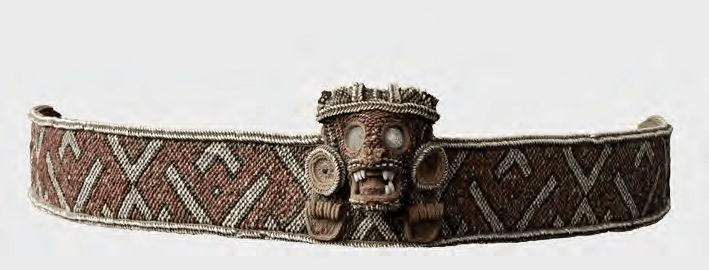Gilbert Valme's Atabey, Yucayequey, Caney is an intriguing yet somewhat meandering work. Since we are always interested in what Haitian intellectuals have to say about our island's indigenous past, we read it all, despite the unnecessary passages on paysages culturels or the occasionally misleading reference to pre-Arawakan peoples in Hispaniola as "ancestors of the Mayas." While a Central American provenience for some of these populations is a legitimate theory, consistently referring to them as sharing ancient ancestry with the Maya is a little misleading or awkward. Despite these missteps, Valme engaged in extensive research on the island of Haiti's hydrographic networks, water entrenchments, and engagement with archaeologists and academics who have researched the development of various pre-colonial cultures in Hispaniola.
Valme's study of the indigenous peoples of the island and how they related to their own cultural landscape through settlement patterns, domestic architecture, subsistence patterns, and political organization in simple and complex caciquats serves as a nice "refresher" on the scholarship of the "Taino"by 2012. Indeed, sometimes he draws from research we have not yet read ourselves. For instance, the possible location of Hatuey's principal village at Gros Morne (with around 15,000 residents) and high population estimates for the area suggest western Hispaniola likely held the largest concentrations of people in what were likely "proto-towns" or cities rather than simply villages. It is perhaps not wise to put too much stock in some of the population estimates for principal villages cited by Valme, but it would suggest 19,080 people lived at Guacanagaric's principal seat of En Bas Saline. One can imagine Xaragua, with its favorable location near lakes, rivers, and the sea, could have hosted an even larger concentration of people, too. The construction of large bateys at sites like En Bas Saline and Maguana also point to large population centers with intensive ritual activity related to the "Taino" cosmovision. This topic receives a lot of treatment here as it relates to the axis mundi concept, reflected in what Valme refers to as the poto mitan structure of the caney or bohios and the role of the batey itself as an axis mundi.
What strikes us as particularly confusing, however, is Valme's allusion to Xaragua as a simple caciquat. Bainoa, however, was the "complex caciquat" which encompassed Xaragua and other simple caciquats in western Hispaniola. This is a rather confusing interpretation that reflects the author's best efforts to make sense of the conflicting Spanish sources on the political divisions of the island in 1492. Either way, by the late 1400s, Xaragua was undoubtedly the most powerful or influential caciquat in Bainoa (and probably the entire island). The caciquat was even expansionist in terms of the island's southwest corner, although we will likely never know the exact borders between cacicazgos or how their dimensions probably changed based on the power of various paramount caciques.

No comments:
Post a Comment